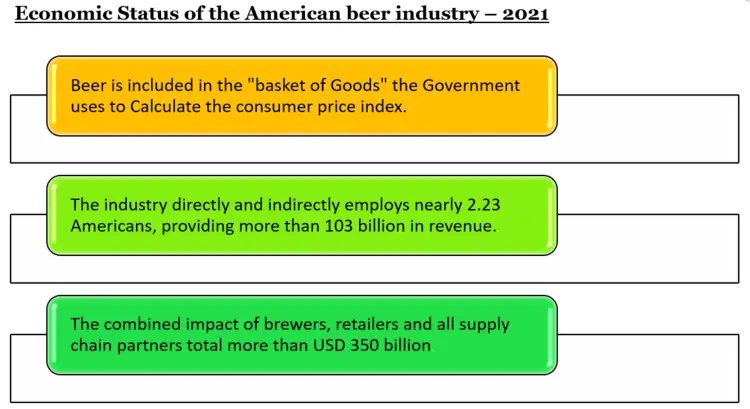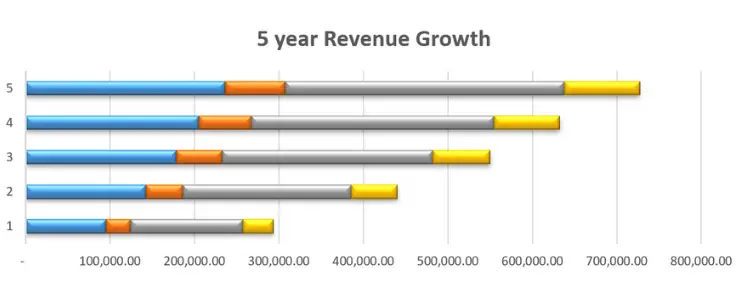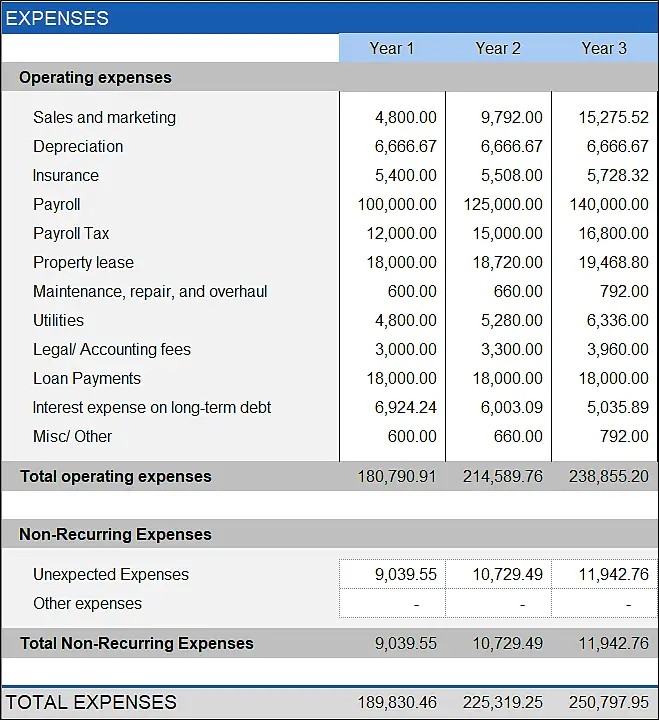First there is the dream. Then comes the most important question that is rarely asked.
How important is a business plan to pro brewing?
A solid business plan is the most consequential facet of any professional venture. Some have innate talent for brewing beer. Money and credit are available to enterprising or well-connected individuals. These two things alone are not enough. There must be a bulletproof plan.
Without a business plan, a brewery is like a ship without a compass, a jet with full instrument blackout, or these days like a driver without GPS. Remember the days of paper maps?
A plan defines your business, your goals, and identifies your team. Most importantly, it applies the metrics and planning by which success is measured.
I started 2 breweries in the 90’s and aughts: Green Man and French Broad Brewing Company in Asheville, NC. My first business plan was about 7 pages. My most recent projects, well over 40 pages.
➡️ Here I put a business plan sample (PDF) that I made at your disposal (not all pages are included in this sample).
An Introduction
This is an overview of key elements of a good plan. It can be simple or complex. I recommend moderately to very complex. If the numbers do not add up to banks and serious investors, then you have your answer.
The brewery is perhaps a burning passion, yet its investment value and future is unclear.
A business plan will provide an objective measure of the capabilities of the team and earning potential of the organization. There is no reason someone should trust you just because.
The Executive Summary
This could be up to one page. As clearly and colorfully as possible, sketch out the dream.
Describe the goal, and brief who, where’s and why’s of the project.
The language should be precise and engaging. Colorful and rich yes, emotional and personal, no.
This is one chance to hook the investor and keep them reading. This part will be rewritten many times.
Company Introduction
- History: This is a natural sequential extension of the Executive Summary. Explain the history of the undertaking and how it came to pass. The incubation of the idea can be described in detail, with more details on the physical entity itself.
- Organization: Here is described the make-up of the company, its officers, staff, and principal partners that will have an active hand. You can create an organizational chart. Visuals can enhance your content but should not overwhelm.
- Company Bios: This is a chance to make the active partners’ CVs really glow. Show the talent, passion, and experience in the room.
An Industry Overview
Economic Status of (Country’s) beer industry, (State or Province, City or County) – 2021 and onwards
It is unrealistic to expect others to just take your word for it. There will need to be research to show how much beer is made, by how many brewers, and what this means for revenue in your target markets.

This is specific, concrete data, not SWAG (some wild ass guess). This includes serious research into trade journals, Census data, and industry review. I would strongly recommend cited sources combined with graphs and infographics to demonstrate.
Projections: Sales Volume: 2021-2025
This is a broad overview of what the goals are. How much beer can be sold, by reasonable, conservative estimations. Graphs and tables are useful here, but only in the broadest sense. Show year-by-year growth, but no need to go into cash flow or detailed financials.
Target area market analysis
This will contain the specifics of the industry overview. Take the elements touched upon in the above section, Industry overview: Economic Status, again taking it into great detail. A company’s affairs may be private sure, however detailed data may be gleaned from targeted research. Again, the write up will depend on trade organizations, industry publications, and public record data supplied by your city or Chamber of Commerce.

External Environment
This section separates the big kids from the little ones.
It holds a detailed analysis of the target markets. It begins to quantify sales outlets, production volumes and distribution within the target area.
1. Sales breakdown by region
This can take many shapes. If a retail establishment, it is easy as people walk through the door. What type of packaging: glass, cans, 1/6, or 1/2 barrels. Have a plan for each unit, the number of each and exactly where they will go.
Many US states have multiple distributors that have county rights. How many can you sign on with? Getting them to sign may be easy. What is their motivation to sell the beer?
If it feels like I give more questions than answers, then you are getting the idea. This is exactly why there must be a detailed and rock-solid plan.
2. Revenue
This pinpoints each specific revenue stream, from the distributor, draft account, grocery shelf, or retail pint sales. Knowing each facet of your market helps determine which product and package is most profitable. It also reveals the strongest relationships, the weaker one, and untapped opportunities. The revenue reveals the gritty details of the Sales breakdown by region.
3. Market Research- the Specifics
This is a very focused analysis of Industry Overview. Here we look into the In-detail view. What is the volume of beer and revenue produced in your home market? Can it sustain growth and where does the new venture fit in?

Competition Analysis
When folks write plans, they spend a lot of time focusing on what they do well, and well they should. What most fail to do is look at the competition, the growth, revenue, capital resources.
This is a must.
Imagine it is a boxing match. Are you punching your weight, and if not that’s OK. You find a niche and work around the middle and heavyweights.
SWOT Analysis (Strength, Weakness, Opportunity, Threats)
This is a standard tool for entrepreneurs, perhaps more for them than the banks. It illustrates that the individual or group is taking a balanced view of their project, not just a pie in the sky approach.
- Within the first two, strengths and weaknesses, the brewer looks inwardly. This includes the personal attributes of the team as well as those of the business construct itself.
- Opportunities encompass the market and why it is the right time to launch or grow a venture.
- Threats are outside forces that adversely affect the team and entity. The biggest one is direct competition. There are also broader economic forces that are harder to define much less combat.
As in most aspects of managing risk, be realistic and play your own devil’s advocate. As much as you may need to grow or want to open, the signs must point to yes.
Brand Positioning – Promise and Segmentation
In my view, this is the most overlooked, least valued, and MOST CRITICAL aspect of the plan. If you don’t know where you stand, you will likely fall or get pushed aside.
1. Promise and Message
Brewers don’t just make a commitment to investors. They make a commitment to consumers, suppliers, wholesalers, and retailers throughout the supply chain.
Be clear on what that promise is. It is specific to your enterprise and reflected in your products, words, and actions.
Do not free-wheel this one.
2. Position
Where is the company among its peers? Being aware of where you are relative to the competition is key. In most cases, one doesn’t storm into a bar and start going head-to- head with Sierra Nevada.
Position also indicates the style and quality of your beer. How do you sit, relative to the competition?
Another analogy I like to use is Minor League Baseball. If you are a small regional micro-brewer – 3,000 – 5,000 bbls. per year, you are not positioned aside a regional craft brewer. 15,000 – 50,000 bbls. a year. The beer may be identical.

As an entity, you are the farm team, playing in small cities dotted across the land. Your brewmaster may be happy in a small family business or he may dream of playing in the big-leagues, a major brewer, or owning his own. Position.
3. Segmentation
This one is huge, huger than the previous two. I was asked in my 20’s, who is your customer?
I responded, Everyone! I could not have been more wrong nor misguided. There is one pie and everyone vies for a piece. What segment are you, who exactly are your customers?
What are their interests, tastes, age, income, inclinations, education and…? There are myriad metrics to look at. The more you know about the customers, the better chance you have of netting them.
Understanding market segment is paramount to any effective sales or marketing. Identifying it and opportunely exploiting it will exceedingly increase your odds of successful growth.
Revenue and Expense forecast
Lastly, make the numbers look good and based in reality.
When creating a pro-forma for a prospective business, there must be a balance of optimism (for the investors) and hard, cold reality (also for the investors).
Draw a balance. Show the potential and be the Devil’s Advocate.

State clearly the risks involved. It engenders trust.
Be exhaustive in the record-keeping and conservative in estimates of growth and income.
The above table is merely one aspect of the record-keeping.
In conclusion
This has been a brief overview of just a few aspects of a business plan. Plans may be suited to the individual and oughta be. They must also be suited to the investors and not least of all, the consumer.
Note :
If you have questions about anything related to brewery planning or operations at any stage of your business, check our services at KissMyBrew Professional Brewing Services and contact us. Growth planning, equipment, operations management, business writing, new ventures: we cover the gamut and make the curvy roads straight.

